October 31, 2007
 In the past, marketers have had to carefully plan ahead because getting it wrong was just too expensive. But today you don’t have to get it right out of the shoot. Now you can start fast, change fast, and relentlessly optimize your way to success. We can do it wrong quickly…then fix it, just as quickly!
In the past, marketers have had to carefully plan ahead because getting it wrong was just too expensive. But today you don’t have to get it right out of the shoot. Now you can start fast, change fast, and relentlessly optimize your way to success. We can do it wrong quickly…then fix it, just as quickly!
In Do it Wrong Quickly, Internet marketing pioneer Mike Moran shows us how to do that–step-by-step. Drawing on his experience building IBM.com, Moran shows how to quickly transition from “plan then execute” to a non-stop cycle of refinement.
I recently had a chance to run a few questions by Mike and I think you’ll enjoy his answers. But brace yourself — he’s a funny engineer. I know, I had trouble with the concept too!
Many of your readers are probably entrepreneurs stuck in a corporate culture. If they get what you’re saying but their boss does not – how would you recommend (other than reading your book) that they begin to infuse this idea into their company culture?
Reading my book and buying copies for their 20 closest friends is by far the best thing to do, but oh–you ruled that one out. I think that we marketers need to challenge ourselves to work just as hard at marketing inside our companies as we do outside.
We all think of ourselves as these very persuasive people that can get customers to consider new ideas, so why do we feel so stuck trying to explain something new to the boss? I say it’s because we don’t apply ourselves.
If your boss resists, do what you would do with customers that resist–try to understand what the blocks are and overcome them. For example, suppose your boss is extremely risk-averse, and trying something new scares him to death.
In that case, you might want to point out how dangerous it is for us to avoid this new important thing that our competitors are doing and customers are responding to. So if he really responds to fear, then scare him even more about the status quo.
Analyze what moves your boss and then pitch to that impulse, the same way you tailor messages to your target market.
How would you recommend that agencies help their clients embrace this thinking?
Read my book–oh wait. Sorry.
One of the things that drives most CEOs and CFOs nuts is that most marketing can’t be shown to contribute to the bottom line. It gives them fluffy stuff like "increased brand awareness."
If you adopt a metrics-based approach to Internet marketing, then everything an agency does produces tangible impact in money terms–which helps clients justify bigger marketing budgets over time and gets them promoted over their peers who are still pitching name recognition and customer satisfaction.
Any agency that can explain how their clients become heroes in their jobs can cause them to embrace this thinking (or at least give it a warm handshake).
Off-line consumers are changing as well. How does all of this translate for the local, primarily face-to-face business owner, like the butcher the baker or the candlestick maker? Is your premise only a web-based one?
The book focuses on Internet marketing of all varieties, but these ideas work offline, also.
In fact, some of them are stolen from offline direct marketing. Anyone sending out direct mail pieces or catalogs already knows how to "do it wrong quickly" because they judge the effectiveness of each piece based on response. They know what they send out the first time is wrong and they use the response to each version to tell them how to keep changing to get higher response.
Direct marketers tweak their materials over and over to get the highest response they can. One of the big messages of my book is how you can apply that thinking online.
If you could only use one tool (blogs, podcasts, Twitter, wikis, Facebook etc.) to track and observe your potential customer, which one would you choose and why?
I’d use a Web metrics package, such as Google Analytics or CoreMetrics.
As important as it is to listen to what your customers say (and I spend a lot of pages on that), it’s even more important to watch what they do. In the end, observing customers seeing your marketing message and clicking (or not) and buying (or not) tells you more than what they say.
Listening is important, but if you only do one thing, watch. A Web metrics package is the easiest way to watch, and Google’s is free, which is personally my favorite price.
Is there a specific industry that desperately needs to "get this" more than others?
I don’t know any industries that really have this down, but the ones that staring at the biggest culture changes are heavily-regulated industries.
Those industries are used to creating very effective one-way messages (even online), but they are scared to death to respond to customers in public because then they have to go off-message.
It’s hard to talk to anyone in pharmaceuticals or financial services without hearing about what their lawyers say about all this risky business. The problem is that the biggest risk of all is to sit out this change.
The first company in each regulated industry to figure this out will have a bigger edge than the first movers in other industries, because their competitors’ organizational cultures will be excruciating to change. Oh, and did I mention they should read my book? Oh, yeah. Just checking.
More
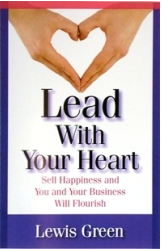 If you’ve read this blog for any length of time, I hope that it does not come as a surprise to you that I was drawn to a business book called Lead with Your Heart.
If you’ve read this blog for any length of time, I hope that it does not come as a surprise to you that I was drawn to a business book called Lead with Your Heart. 


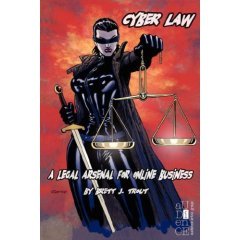

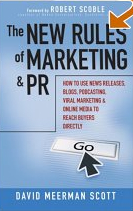
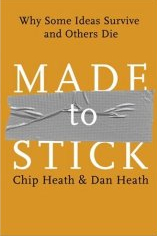
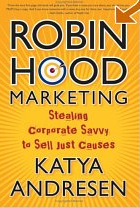
![Reblog this post [with Zemanta]](http://img.zemanta.com/reblog_e.png?x-id=933cdab1-ba1e-4e83-819e-849805732ce2)
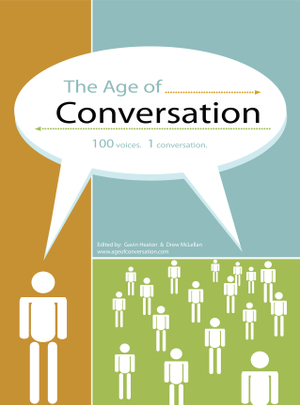
![Reblog this post [with Zemanta]](http://img.zemanta.com/reblog_e.png?x-id=86c66a9e-3bdf-4ea6-9415-f9fe9aeab83d)



